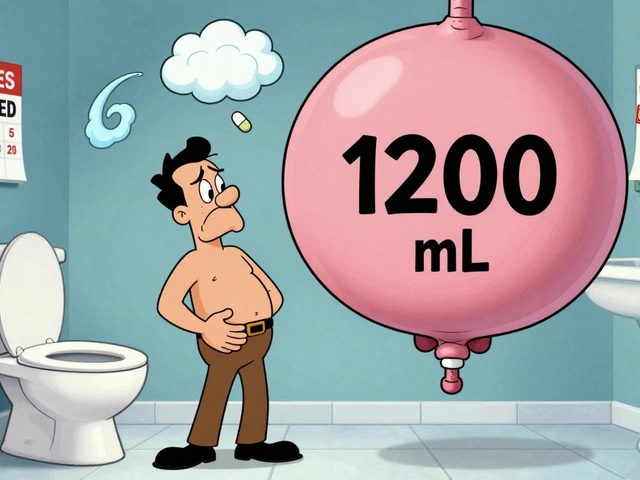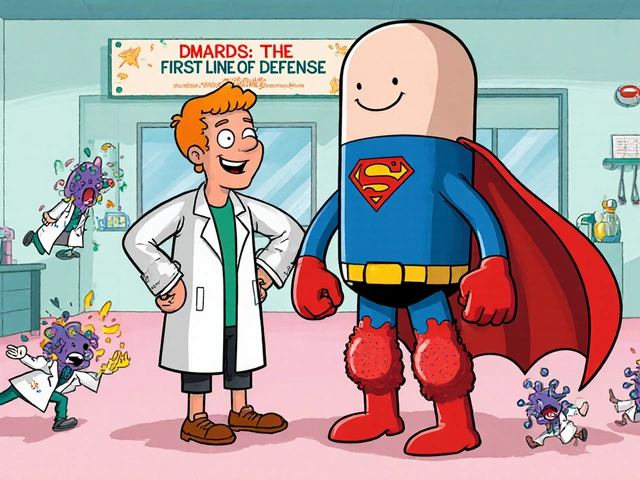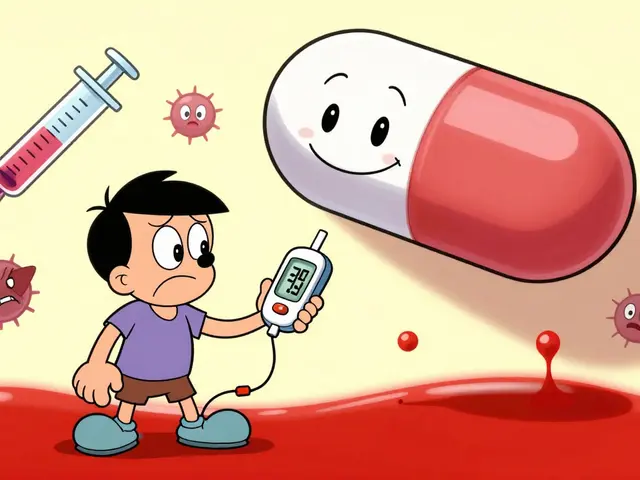Cromolyn: What It Is and When People Use It
Cromolyn (often listed as cromolyn sodium) is a mast cell stabilizer. That means it helps stop cells in your body from releasing histamine and other chemicals that cause allergy and asthma symptoms. You’ll see it as an inhaler or nebulizer for asthma, a nasal spray for allergic rhinitis, and eye drops for allergic conjunctivitis. Some people with mastocytosis or exercise-induced asthma also use it under a doctor’s guidance.
How cromolyn works and when to expect effects
Unlike quick-relief inhalers, cromolyn doesn’t stop an attack that’s already happening. It prevents attacks by calming down the immune response before it starts. That means it often takes several days to weeks of regular use before you notice a change. For seasonal allergies or routine asthma prevention, people typically use it daily during the trigger period. For exercise-induced symptoms, some doctors recommend taking it about 15–30 minutes before activity.
On inhaled forms, cromolyn reduces wheeze and tightness for people with mild-to-moderate asthma when used consistently. Nasal cromolyn can cut sneezing and congestion for hay fever if you start it before peak pollen exposure. Eye drops can relieve itching and redness from allergic eyes within hours, but repeated dosing may be necessary through the allergy season.
Practical tips for using cromolyn safely
Follow the exact instructions from your prescriber or the product label. For inhaled cromolyn, use a spacer or neb machine as advised and rinse your mouth after inhaling to avoid irritation. With nasal spray, clear your nose first and aim the spray away from the septum. For eye drops, wash your hands and avoid touching the tip to your eye.
Side effects tend to be mild: throat irritation, cough, sneezing, or a bitter taste are common. Serious reactions are rare but possible, so stop and seek help if you get chest tightness, severe rash, or trouble breathing after a dose. Cromolyn interacts with very few drugs, but always tell your doctor what else you take — prescription meds, OTC drugs, and supplements.
Storage is simple: keep it at room temperature away from heat and light. Check expiration dates and don’t use eye drops or nasal sprays past their discard time after opening. If you’re pregnant, breastfeeding, or treating a child, ask your healthcare provider — some forms are considered safer than others, and dosing can differ.
Want concrete next steps? If you think cromolyn could help, note what symptoms you want to prevent, how often they happen, and what triggers them. Bring that info to your provider to see if cromolyn or another preventive option fits your needs. Regular follow-up matters — it helps adjust dose and check how well the medicine is working for you.





